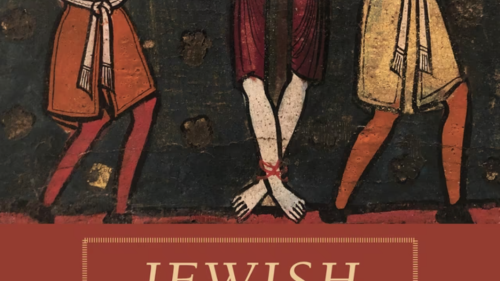For a comprehensive, straightforward history of Cairo in all its major aspects, this is the only such reference work in town. Willard Wood’s delicately fluent and faithful translation of Raymond’s French original—an instant classic when published by Fayard in 1993—fills an urgent need. (Some minor errors in Arabic transcription introduced into the text do not change this assessment.) In a lucid yet scholarly style, Raymond meticulously guides us through every phase of the city’s Muslim-era development—from the fledgling encampment of Fustat in 642 to the limitless megalopolis of the 1990s—though pre-Islamic Heliopolis, Memphis, and Babylon are mere ghosts in his otherwise well-fleshed narrative.
Perhaps reflecting the very complexity of the city’s growth, Raymond’s account is most linear and strictly chronological in the first half of the book, ending with the fall of the Mamluks to the Ottomans in 1517. At first, and quite reasonably, he seems most enamored of the luxurious, religiously tolerant Fatimid period (969-1171), during which, in 969, al-Qahira (Cairo) was born as the royal city of the Shi‘ite conquerors. The Ayyubids (1171-1250), though less broad-minded, make a tolerable transition to the Mamluks (1250-1517), whom he lauds as great builders and (in early days) warriors. Nonetheless, he approvingly quotes Napoleon’s 1798 proclamation urging the Egyptians to rise up against them, when they again run the country. “For too long,” the liberateur-poseur declared, “this pack of slaves purchased in the Caucasus and Georgia has tyrannized the better part of the world. … A curse on the Mamluks and happiness to the people of Egypt.”
An Ottomanist by specialty, Raymond provides impressive detail to show that Cairo actually grew under Istanbul’s rule, implying that this makes up for the chaotic nature of that growth—and of the Ottoman period overall. On the contentious awakening of Egypt after Bonaparte, he both supports and undermines the revisionists by saying that the impact of the Gallic invasion would have been limited had it not been followed by the rule of Muhammad Ali (1805-49)—for which the French paved the way by smashing the Ottoman system. “Even if negative, the consequences of the French expedition were therefore still decisive for Egypt,” he explains.
Happily, modern Cairo is handled just as deftly and thoroughly, right to the early 1990s. Yet the almost relentless recitation of extremely precise figures for everything from population density to empty housing units does make one wonder about their sources. Egyptian statisticians, like Egyptian journalists, often seem to make up in imagination what they lack in hard data collection. That said, two sets of numbers do stand out as probably verifiable: Greater Cairo, a decade or two ago, stretched 65 kilometers east to west, and 34 kilometers north to south. By the early 1990s, the massive conurbation covered 30,000 hectares, dwarfing the mere 400 hectares of “the historic city that developed over the twelve centuries from 642 to 1860.” And there’s no end in sight to this ceaseless expansion.
With an excellent bibliography, plentiful if faint photographs, and numerous maps (mainly of Cairo’s core as it evolved through the ages), Raymond’s documentation is easily accessible and exhaustive. Along with Max Rodenbeck’s brilliantly lyrical urban biography, Cairo: The City Victorious[1] and Desmond Stewart’s legendary tribute, Great Cairo, this masterpiece is a must for anyone who loves the super-sized village known in Arabic as the “Mother of the World.”
[1] Reviewed in Middle East Quarterly, Sept. 1999, p. 82.



